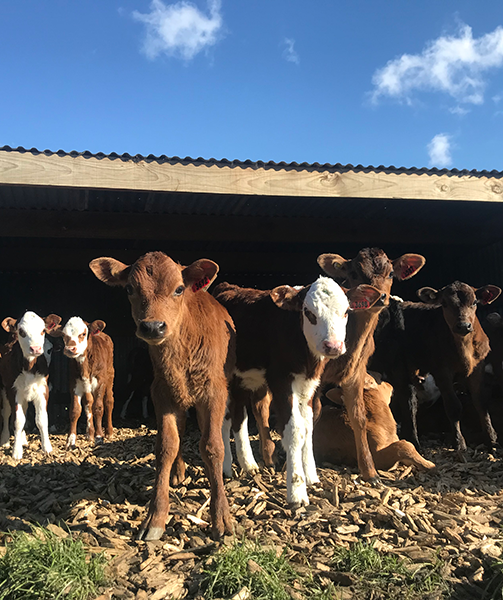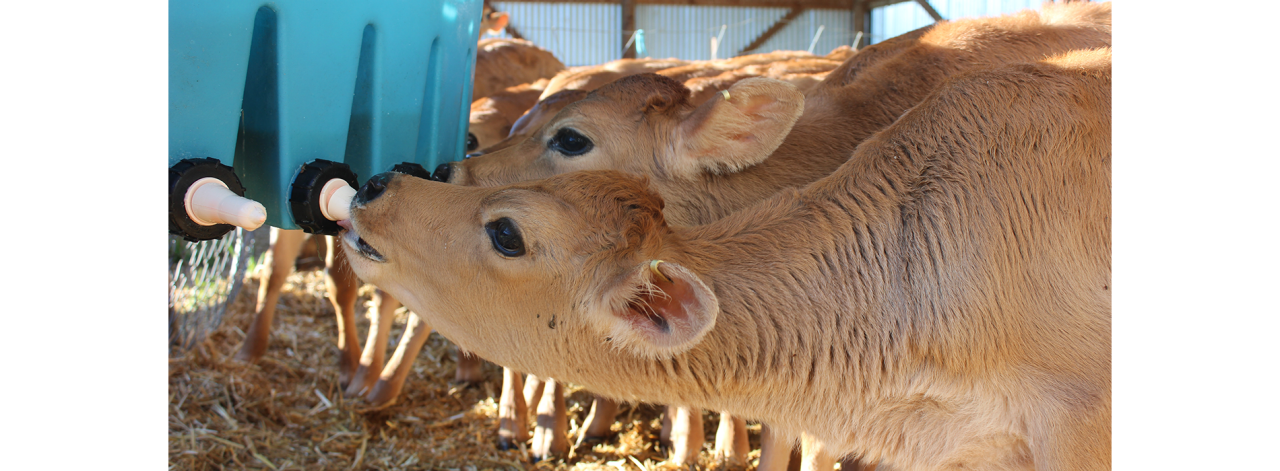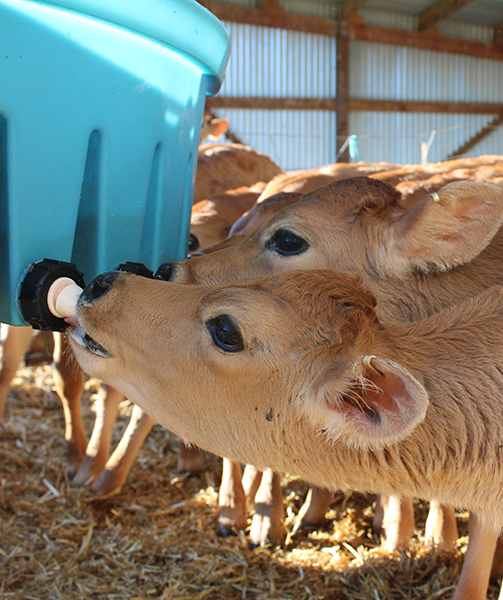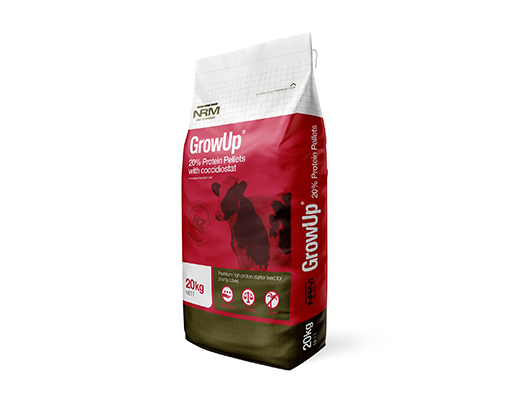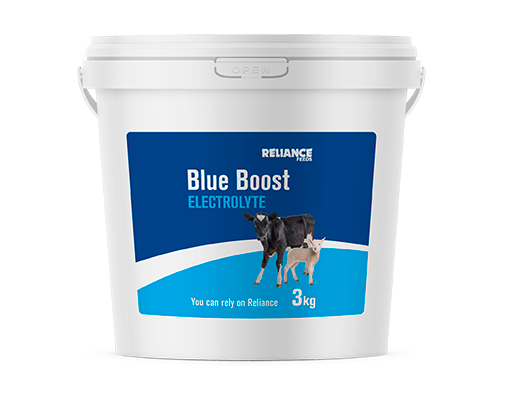CALF REARING: PLAN TO SUCCEED
Words by Karen Fraser and Stacey Cosnett – The Calf Experts
An important part of calf rearing is reflecting on how the season has gone. It doesn’t take much to forget the bad times, especially towards season’s end.
As calves become stronger and their immune defence develops, we forget about the hours of electrolyting scouring calves, the frustrations of calves with no suck reflex, transitioning issues and sheds failing with high ammonia and dampness.
Set up your own plan at the start of the season and focus on doing the basics well for a better outcome. There are some common denominators that open the door to increased calf illness:
- Failing sheds that become damp and smelly.
- Poor Day 1 colostrum management. Not harvesting and isolating first milking colostrum from cows and getting it into Day 1 calves quickly.
- Poor nutrition. Underfeeding calves weakens the immune system. You need to make sure you are covering calves’ requirements if you want them to thrive.
- Poor hygiene practices.
- Slow response to illness. You must use your calf-rearing intuition and jump on illness quickly to reduce the impact.
- Poor choice of hard calf feed; going for something too cheap and cheerful.
- Not encouraging early intake of hard feed.
- Not having plenty of clean running water that is reachable by the calves from day 1.
- Rough handling of newborn calves – treating them carefully pays dividends.
Calf rearing does not start the minute the calf is born. The last month of pregnancy is a critical time as this is when the calf is growing rapidly and colostrum generation starts in the cow's mammary glands. If the pregnant cow is on an unbalanced diet that is low in protein, energy or vitamins and minerals, this can affect the calf and her colostrum quality, in turn affecting the rearing season. Iodine is a good example. A lot of our brassica crops are low in iodine. This can result in a cow having a deficiency, producing a calf with poor development, poor growth, poor coat and a poorer suck reflex. Take stock and look at how you can alter the outcomes. Even if we can’t always have the perfect system in terms of set-up, changing one thing that will help change outcomes each year and putting effort into doing the basics well will bring steady improvement.
5 Cs FOR A NEWBORN CALF
Ticking all the boxes of calf rearing, you should achieve a death rate under 3 percent. If death rates start to creep up, sometimes that is out of our control, such as buying from unknown sources at the saleyard. Otherwise, we can avoid big losses by following the 5 Cs.
Colostrum: This in turn has the 5 Qs – Quality, Quantity, Quickly, Quietly and squeaky clean. Don’t know what we mean by some of these? Learn more by checking out this video
Calories: Is enough energy coming from milk intake and starter calf feed? Fortifying milk with calf milk replacer or mixing the replacer to a higher concentration may be a good option rather than just feeding more litres.
Cleanliness: Limit exposure to disease-causing organisms.
Comfort: Dry and draught-free at calf level, with good ventilation.
Consistency: Calves require consistency in feeding and handling.

